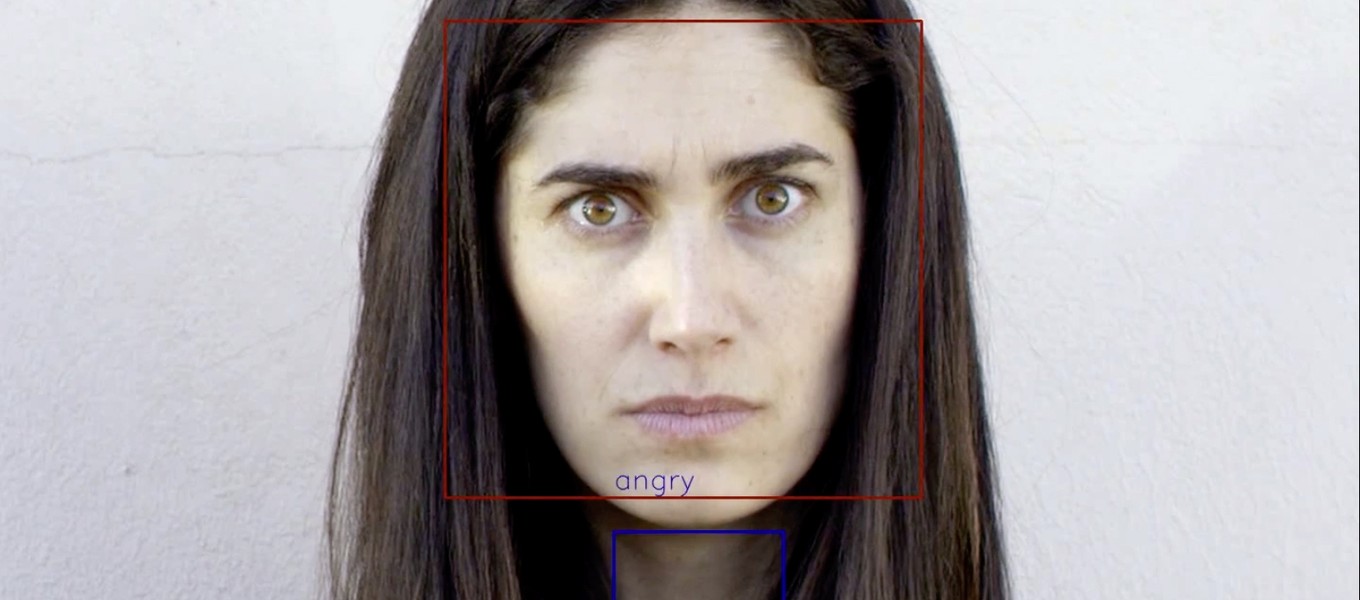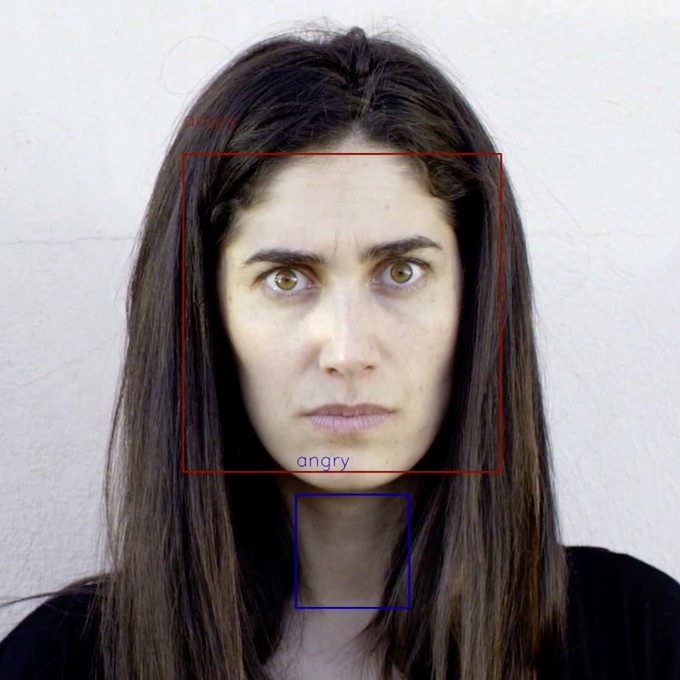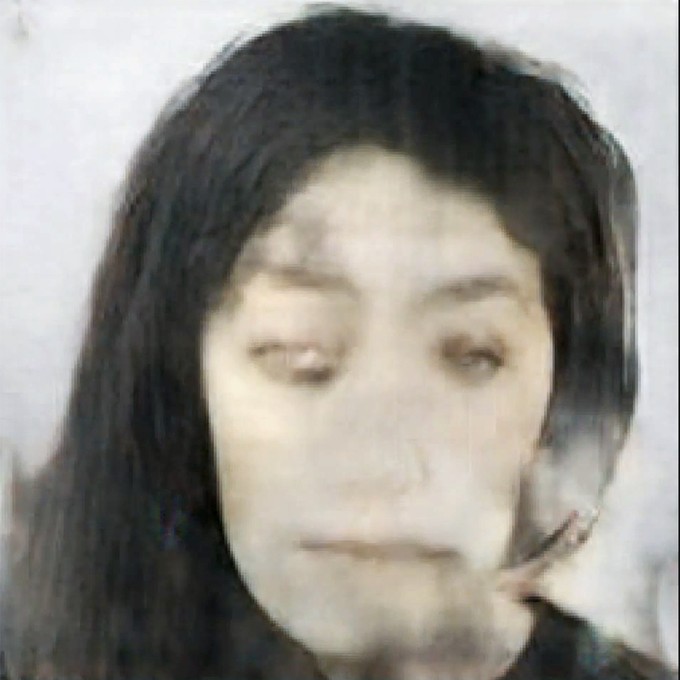Thomas Depas
Princess of Parallelograms - Installation - 2019
presented as part of the exhibition Panorama 21



Installation
Human are constantly reinventing themselves through technology. This redefines our connections to others, to the world and to ourselves. Whenever we delegate certain functions, we lose certain capacities. From the invention of writing to today’s search engines, we have delegated our capacity for memory to the machine. With the proliferation of sensors and the measurement of our physiological flows, our relation to our bodies is changing; with Satnavs, it is our capacity to find our way, to inhabit the world.
What will happen when our imagination itself is externalised in machines?
Artificial intelligence constructs its own world-truth that is beyond our sensory perception. Generative Adversarial Networks (GANs) use algorithms to synthesise and generate images in a completely new way. These images have almost uncanny aesthetic characteristics, seeming to emerge from an ocean of data, a kind of pixel soup. Rather as if we were observing the emergence of artificial “thought.” The machine learns to understand the “essence” of a thing, be it an animal, the face of a celebrity or a body of text. It is then able to generate new images of this thing, including faces of celebrities who do not exist, mutant animals, or new texts. Eventually, AI will be capable of instantaneously and dynamically emulating all representations. The era of the optical machine and the capture of reality will then be at an end, supplanted by the era of machines that generate their own reality.
Thomas Depas
Thomas Depas was born in 1985.
After obtaining degrees in visuals arts at ESA Saint Luc in Tournai and in cinema from HELB (former INRACI) in Brussels, he continued at Le Fresnoy - Studio national des arts contemporains in Tourcoing (2017-2019).
In his work he manipulates images by means of mechanical, chemical and transcoding operations, probing their structure in order to reveal their physicality. By pursuing a sensory approach to the movement-image (film and digital art), he explores the relations between technology and life forms.
Production
Partners
Acknowledgments
andro Della Noce, Nathalie Rozanes and Emmanuel Van Der Auwera
